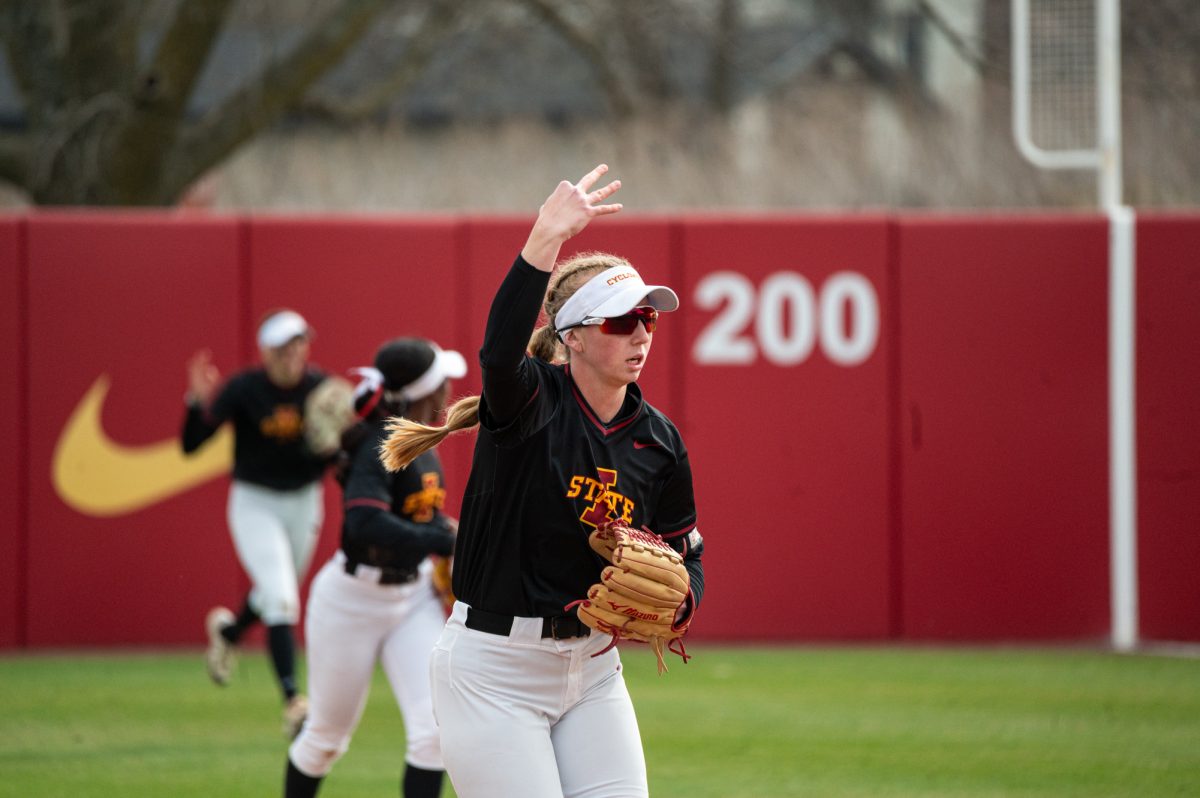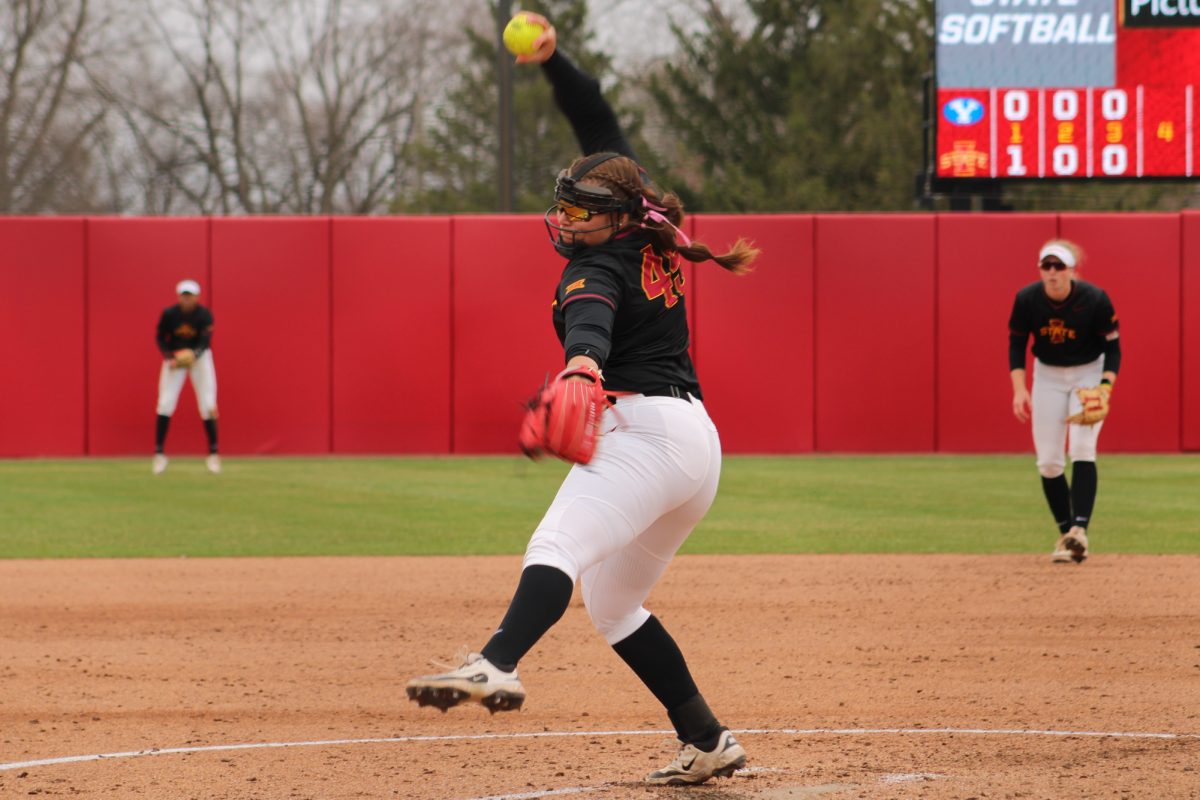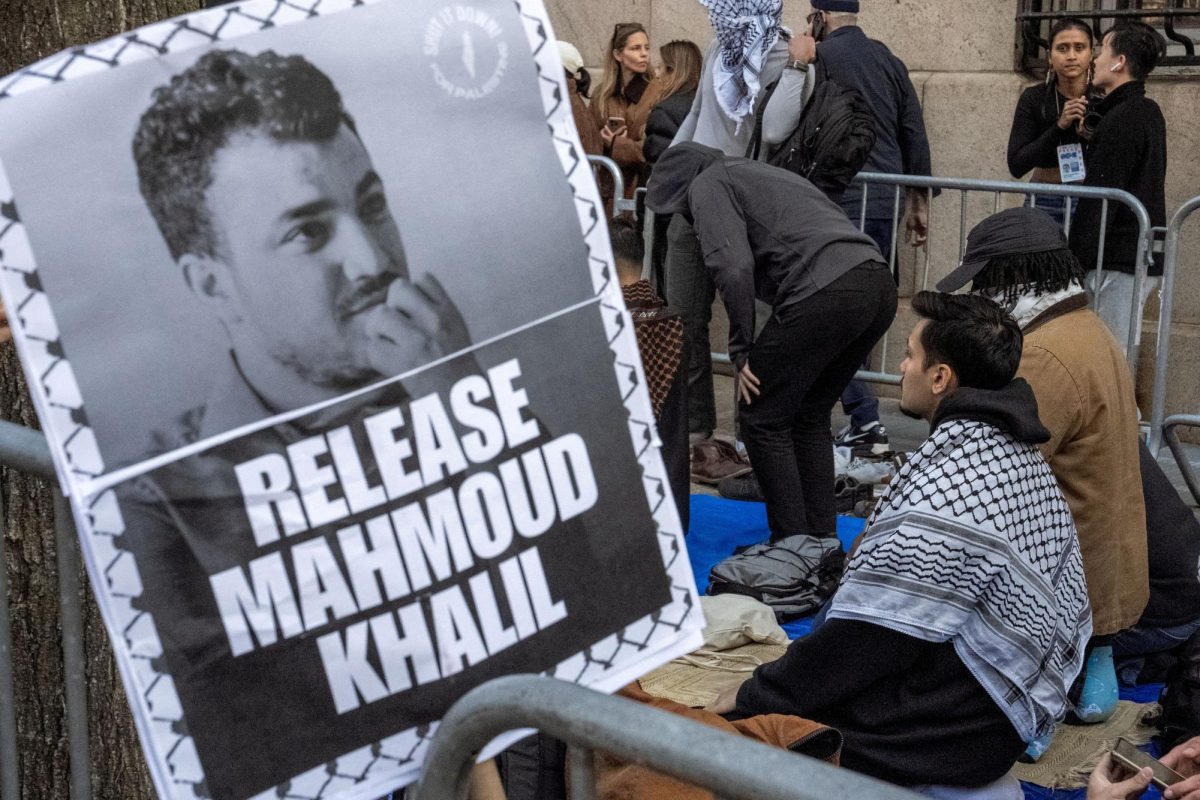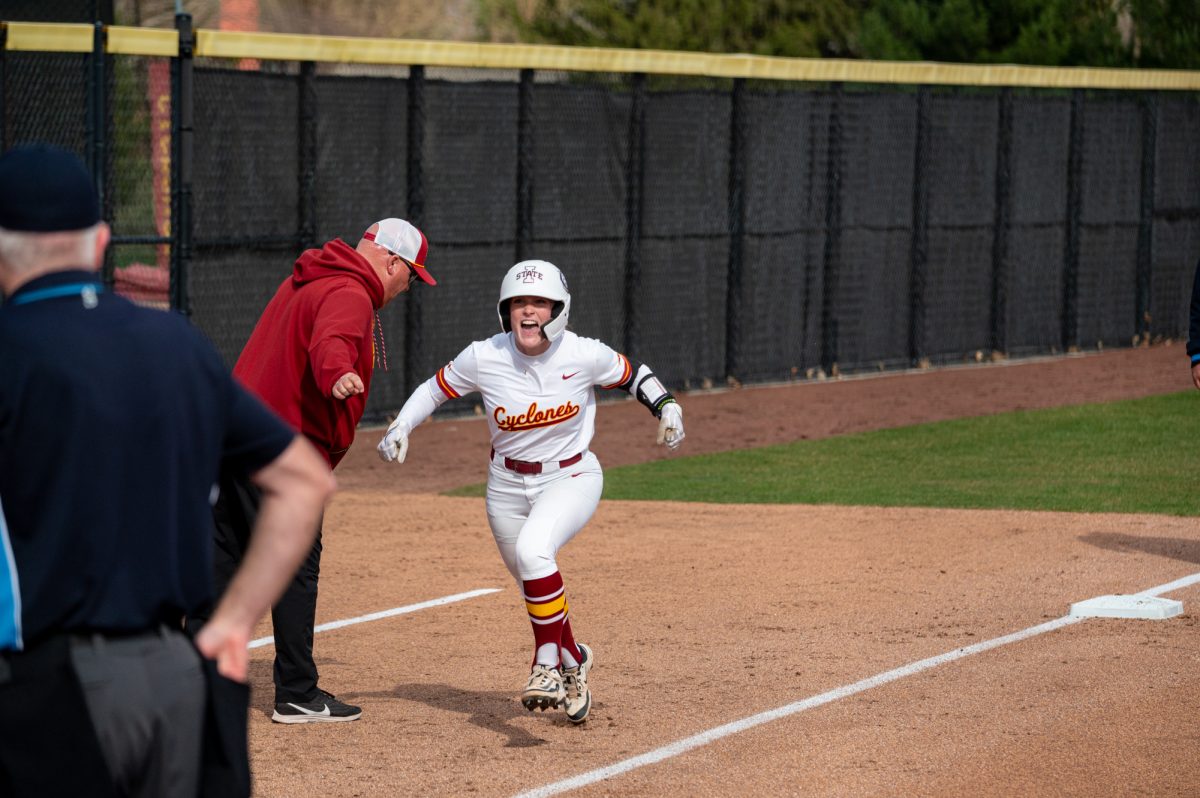Vieira: The invisible hand of divergency
October 13, 2020
There isn’t really a definition for deviance. It is not really something that one does but rather the reaction something creates amongst the public. Howard Becker, American sociologist, stressed in his findings that “no particular act is inherently deviant unless, until a group with socially powerful statuses or positions label it as such.”
The disapproval of a particular group orbits around the idea of using the stigma built around it as a justification for oppression, inescapably putting someone in a “pigeonhole.” To pigeonhole someone is to situate a person in a narrow category without fully understanding them, depending on how similar they are to our stereotypes.
This notion goes hand-in-hand with the concept of labeling on the macro-level of society, through the demonization and consequential negative social interpretation of that specific group/individual.
Thanks to the collective concern and hostility emerging amidst the public in regards to these people who supposedly threaten social order and have put the country in the middle of a moral panic, a period of mania is centered around a theory of crowds that highlight the presence of some evil that threatens the well-being of society.
But the story doesn’t end here. The secondary effect of a moral panic is what we call “folk devils” or rather socially constructed villains.
On account of the exaggeration of deviancy, the natural byproduct is a targeted, widespread moral indignation, which can controversially serve as beneficial to certain dominant groups by modifying the perception of a bracket of the population and reshaping its relationship with authorities.
Time and time again, we see powerful entities “giving meaning to an issue” with the sole purpose of framing a selected minority. If we look back a couple of decades, we can see the empirical evidence for this argument: a smoking gun.
After Ronald Reagan took office in 1981, we observe the rise of one of the most sensationalized topics today: the War on Drugs. In his famous speech on Sep. 14th, 1986, he purposefully states, “For every door that we close, they open a new door to death. They prosper on our unwillingness to act. So we must be smarter and stronger and tougher than they are. It’s up to us to change attitudes and just simply dry up their markets.”
He planted a seed in the public’s consciousness, so much that the percentage of Americans who saw drugs as the nation’s number one problem grew from about 2 to 6 percent (in the year before the speech, 1985) to 64 percent within the next four years, according to a poll.
So while Reagan enjoys his new status of “moral entrepreneur” engaged in his crusade, we see a dramatic increase in the number of inmates incarcerated for non-violent drug charges. This surge of mass-incarcerations (from 50,000 in 1980 to over 400,000 by 1997) had a particularly catastrophic impact on Black communities, since now, African Americans are directly associated with heroin.
Black people are the new “folk devils,” scapegoats, blamed for crime and upheaval, victims of campaigns of antagonism based on gossip and urban myths.
While the actions that occur in present times are significant, so are the predictions. It’s the gasoline that feeds the flames and allows this wildfire to continue to incinerate the possibility of a society living in harmony. Hence, once something is deemed as threatening, the most common safety measure often taken by officials is to increase the presence of police officers in the area, thus leading to even more violence and deviant behavior.
What drives this vicious circle is the public expectation for some kind of moral regulation. After the group is punished, panic settles down; this is just like in the Reagan situation, where the public concern centered around drug use/trafficking dropped notably to a mere 10 percent once the hype was gone and the media found other topics deemed as more “newsworthy.”
It is truly astonishing to realize how easy and straightforward the sociopolitical process of the institutionalization of crowd behavior is for powerful figures like politicians and big corporations.
However, despite all the negative connotations, positive aspects still manage to stem from this situation. The concept of hero-types, specifically “the everyman hero,” emerges from these circumstances due to many people easily identifying themselves with such individuals. The majority of civil rights movements are associated with disruption of public order and defiance against authorities for a greater cause, a purpose bigger than ourselves.
People need to define and redefine themselves as well as their position in society. It is no one’s place to suffer in silence, as Ananya Roy puts it: “Do not model the status quo; instead, model insubordination.”
We must reject rules and norms that are unjust and promote equality by disobeying the rules, even if that might mean embracing nasty labels because equality needs constant vigilance.







